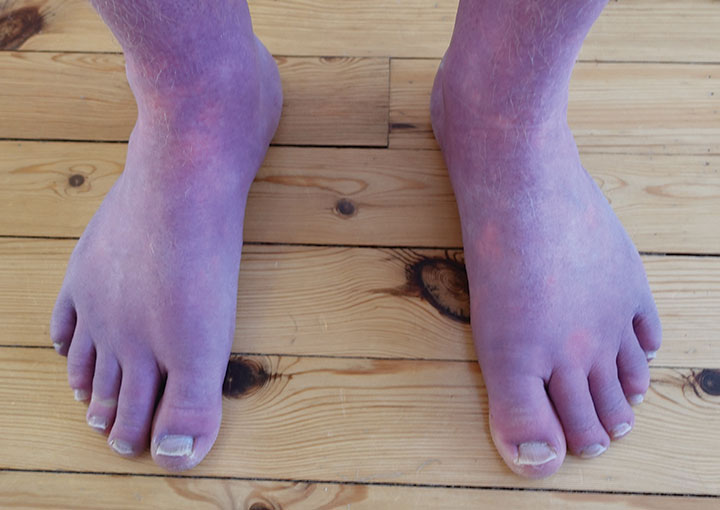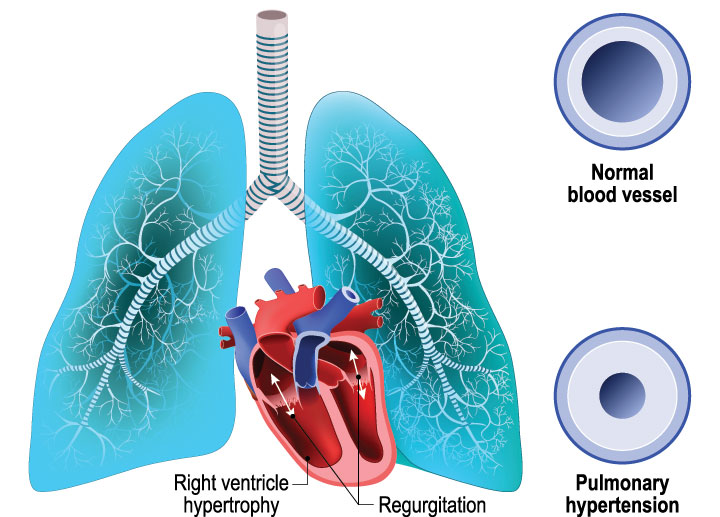Reprinted with permission from NurseZone.com.
According to a recent nationwide telephone survey of more than 250 critical care nurses, communication lapses can interfere with the timeliness and safety of patient care.
The survey revealed that lapses occur while securing and clarifying physicians’ orders, transporting patients between hospital departments, and tending to multiple people in the emergency room.
“Nurses serve on the front lines of patient care, and they need to be seamlessly connected to the people, resources and information that enable them to do their jobs effectively,” said Kathy English, director of health care product development at Cisco Systems Inc. in San Jose, Calif., a networks device manufacturer which commissioned the survey.
The Cisco National Nurse Communications Survey was conducted between January and March 2009 by market research firm Zogby International. Results were released in April at the Healthcare Information and Management Systems Society’s annual conference.
“Communication lapses are most threatening at the time of transition or handoff,” said Mark D. Sugrue, RN-BC, director of health care at Blum Shapiro Consulting in Boston.
“The transition can be when a patient is moving from one department in the hospital to another, or when a patient transitions to their next level of care outside of the hospital. This can also happen at shift change when one care provider transitions care to another.”
In general, the communication lapses fall into two broad categories – sending and receiving messages. Sometimes, Sugrue said, problems stem from nurses spending an inordinate amount of time looking for a colleague, information about a patient or equipment and supplies.
Difficulties arise on the receiving end for various reasons. Although medicine has its own vocabulary and jargon, he said it can be confusing to patients and families. Those who speak little or no English can’t decode verbal cues from English-speaking clinicians. A fast-paced environment with noise and distractions also contributes to misunderstandings.
Meanwhile, nurses face a digital divide. Of those surveyed, 25 percent lack access to a mobile communication device. Other nurses use multiple mobile devices that don’t interoperate.
A unified network helps ensure that team members are more in sync with one another. In the survey, 91 percent of nurses said they would like a single communication device, but only 49 percent reported actually using one. Another 27 percent said they use two or more devices during a typical shift.
When asked about their preferred communication device, more than half (57 percent) indicated a preference for a model that provides all information in voice format, while two-fifths (38 percent) said they favor text.
Investing in technology is a balancing act between the procurement of communication solutions and clinical systems such as computerized practitioner order entry and electronic health records, English said.
“Nurses need to advocate for themselves with hospital executives and technology organizations,” she said. “Nurses can drive change when they describe and demonstrate what makes for effective communications in a clinical care setting.”
Every day in hospitals and other health care settings, errors occur due to communication lapses. “A patient who does not effectively understand their discharge instructions, for example, is much more likely to be readmitted to the hospital or to suffer a poor outcome,” Sugrue said.
While technology can help, it’s still only a tool. “Like the stethoscope,” he said, “communication technology will only be as effective as the individuals who adopt it.”
Survey results: https://tools.cisco.com/gdrp/coiga/showsurvey.do?surveyCode=4423&keyCode=175794_5

















